The De Tomaso P72 Is A Seriously Stunning Italian Sports Car
Absolutely gorgeous.
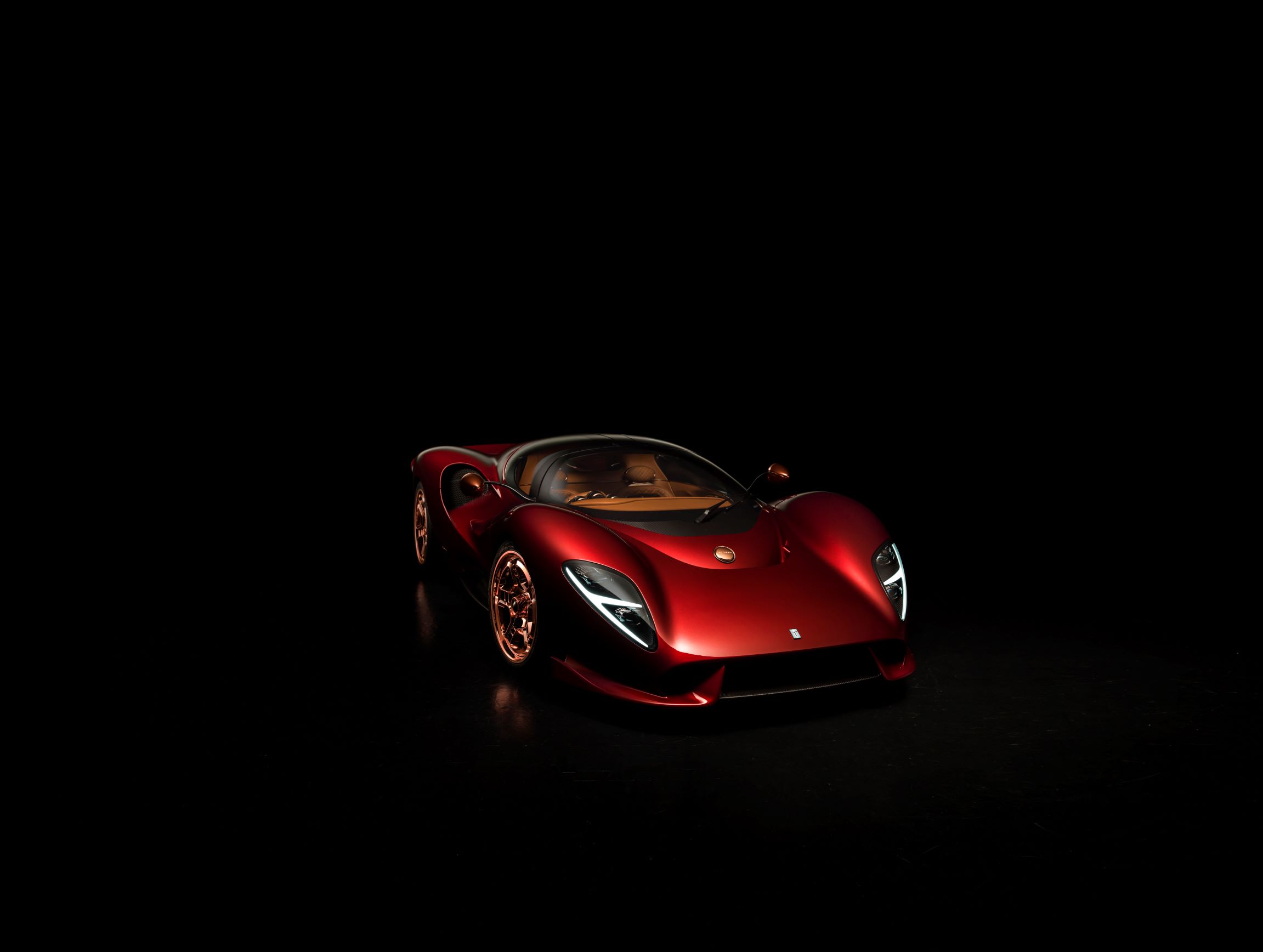
De Tomaso made quite an entrance at the UK’s Goodwood Festival of Speed with a jaw-dropping new supercar called the P72.
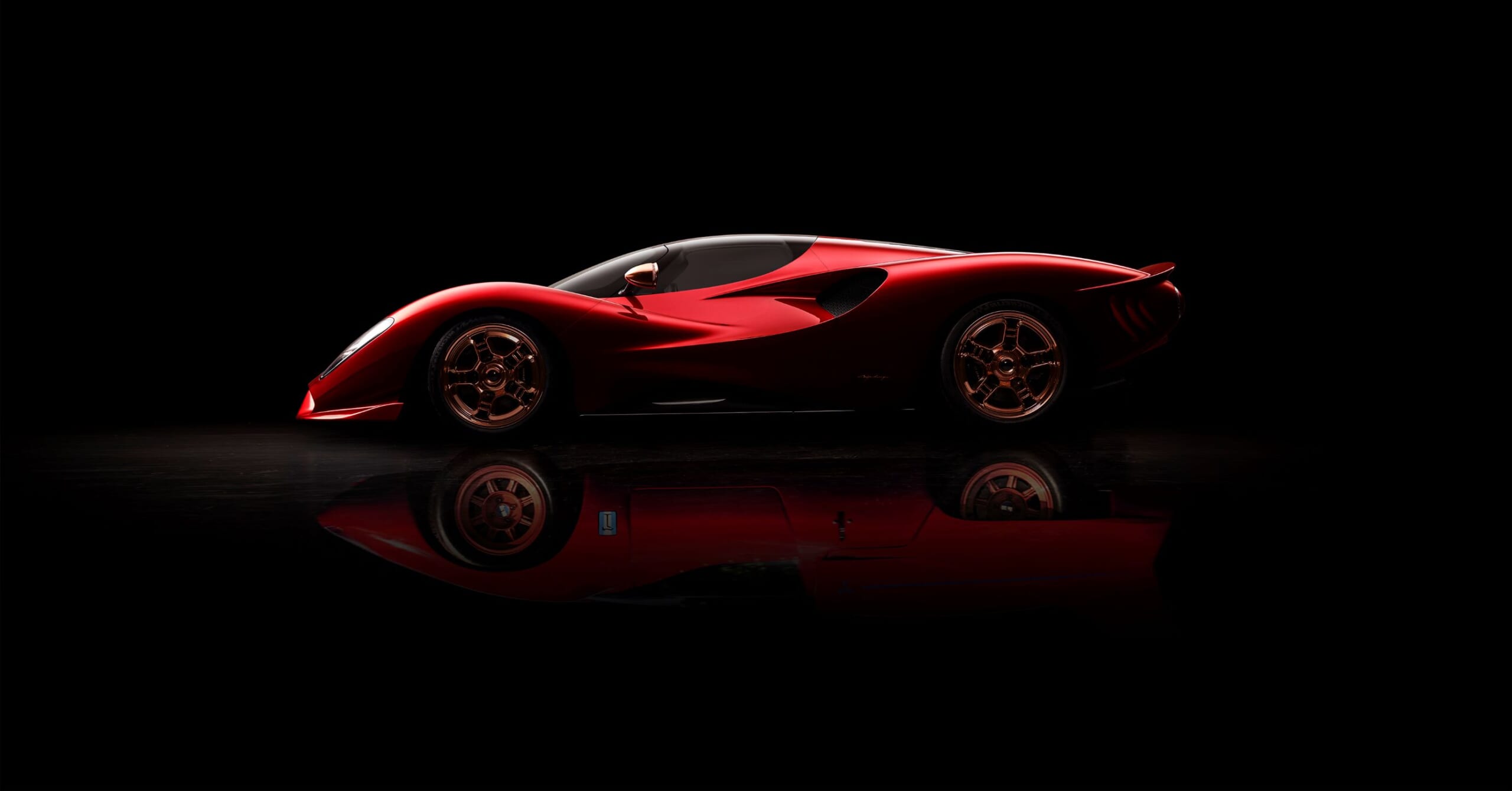
The recently-revived Italian automaker is celebrating its 60th anniversary by building just 72 of these head-turning, manual transmission coupes. And there’s a lot of rich racing history behind each and every one.
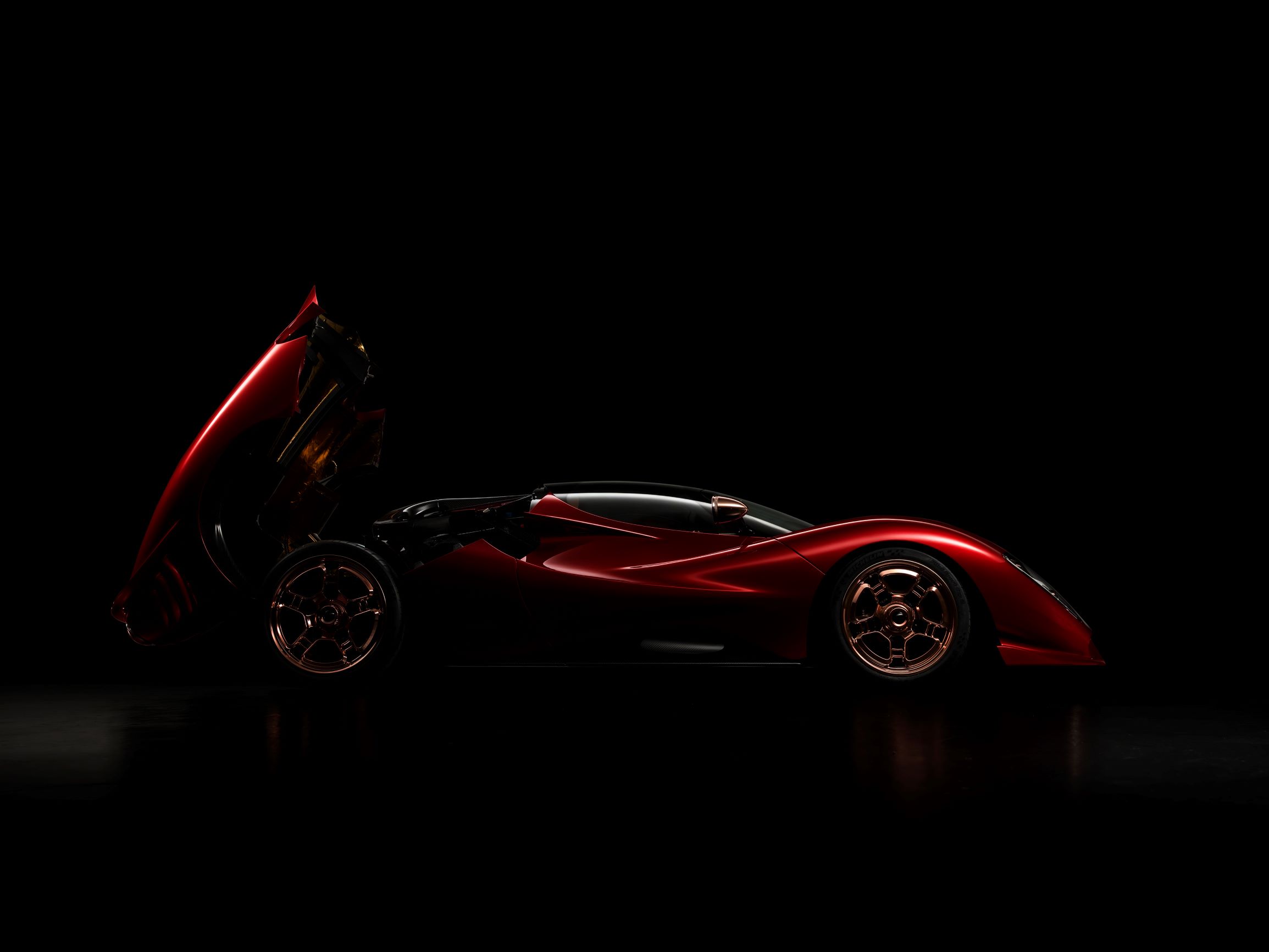
A press release describes the P72 as a “modern day time machine” for good reason: its existence and design represent a culmination of events that were put in motion decades ago.
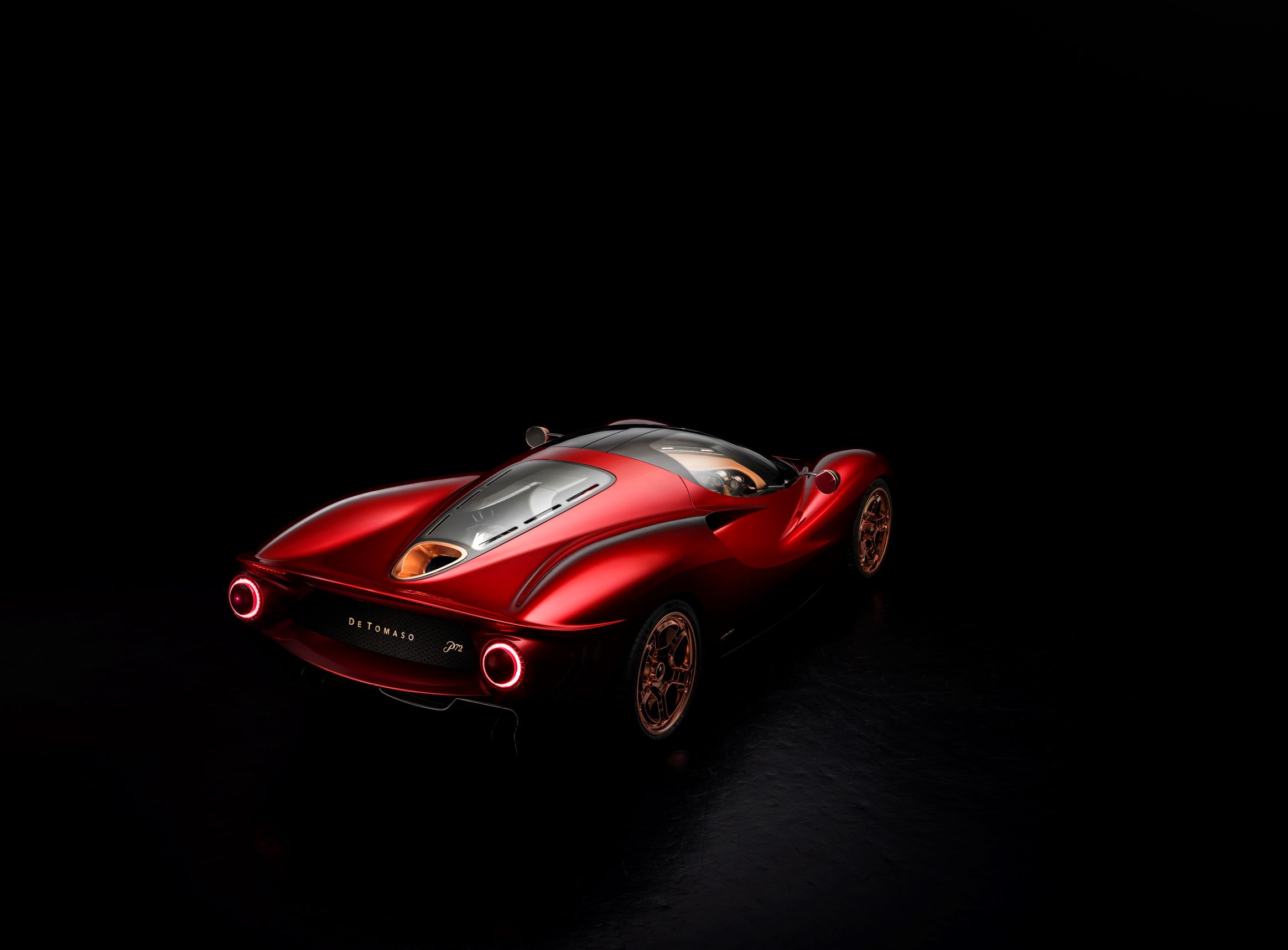
Road and Track provides a detailed backstory:
The new P72’s story begins with the stillborn De Tomaso P70, a project begun more than 50 years ago. At the end of 1964, Carroll Shelby needed to come up with a new prototype to prepare for the rapidly approaching Can-Am era of international racing. Cobras just weren’t going to cut it anymore.
In Italy, Alejandro de Tomaso was busy preparing his first road car, the Vallelunga, perfecting his transaxle chassis, and planning to build a 7-liter V-8 for racing. When he heard that Shelby had enough cash to finance a tight deadline, a deal was made. But the Texan also brought an SCCA-approved design from Peter Brock to the table, and that’s where the problems began. Not only was Alejandro de Tomaso behind schedule to deliver five race cars with his brand new engines for the 1965 season, but he also got offended when Shelby sent Brock over to make sure they stayed true to the original design.
Eventually, Shelby pulled the plug on the Italian venture to focus on the GT40 project. Having purchased Carrozzeria Ghia, de Tomaso displayed his single completed P70 as the Ghia De Tomaso Sport 5000 at the 1965 Turin Auto Show. He then modified the P70’s chassis to serve as a base for his first volume production car, the Mangusta, while the show car remained a one-off.
Alejandro de Tomaso died in 2003, but the company that bore his name was long past its heyday by then. Norman Choi, the Hong Kong-based CEO of Apollo Automobil purchased the brand in 2014, and soon decided that, instead of creating a modern-day Pantera, De Tomaso’s return should be a bigger bang.
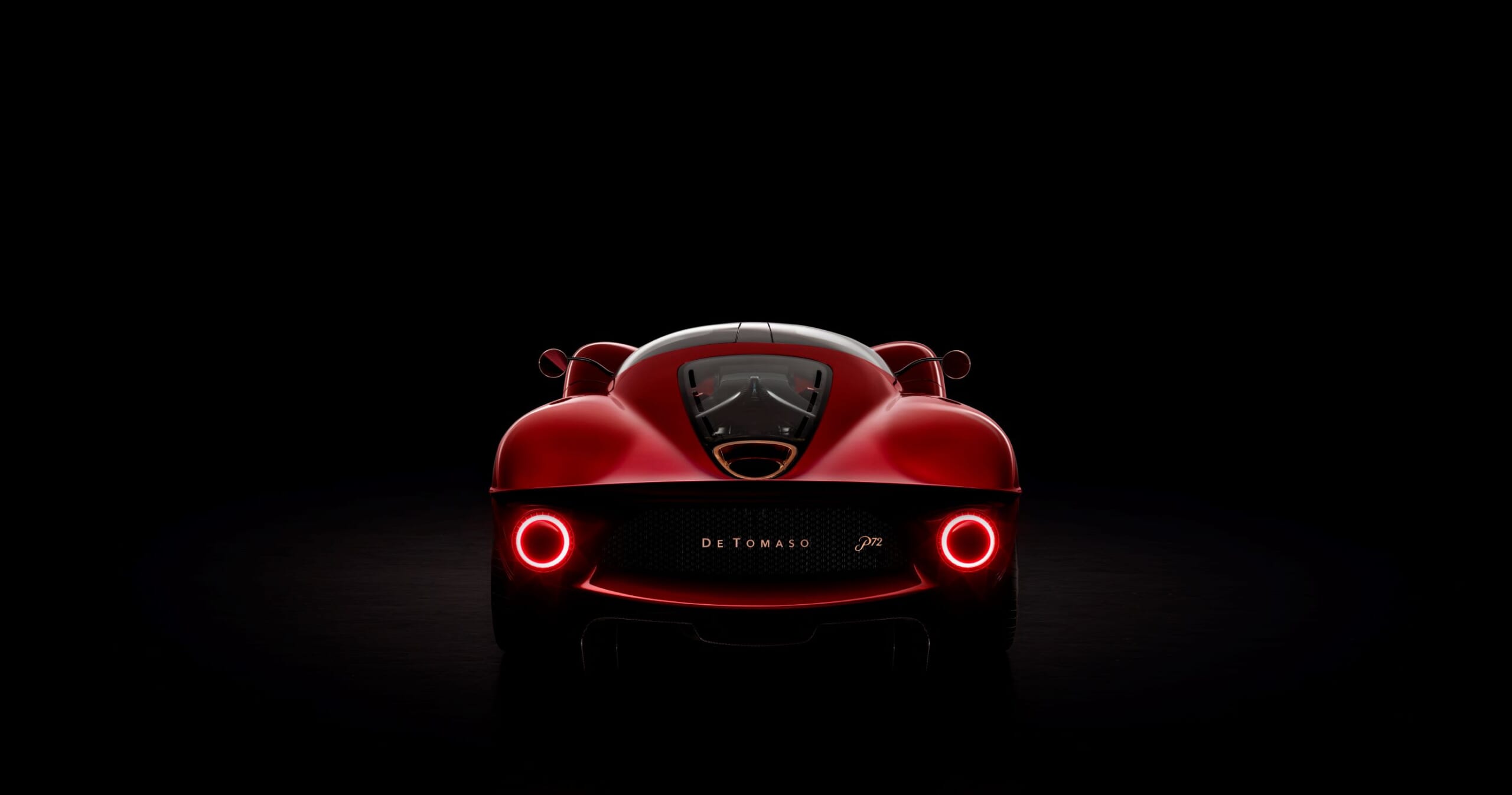
The finished P72 is centered around ’60s-era proportions of Le Mans prototypes, including the De Tomaso Sport 1000, Sport 2000 and P70.
Emphasized wheel arches, a low nose and teardrop glasshouse architecture combine to create a uniquely seamless series of lines.
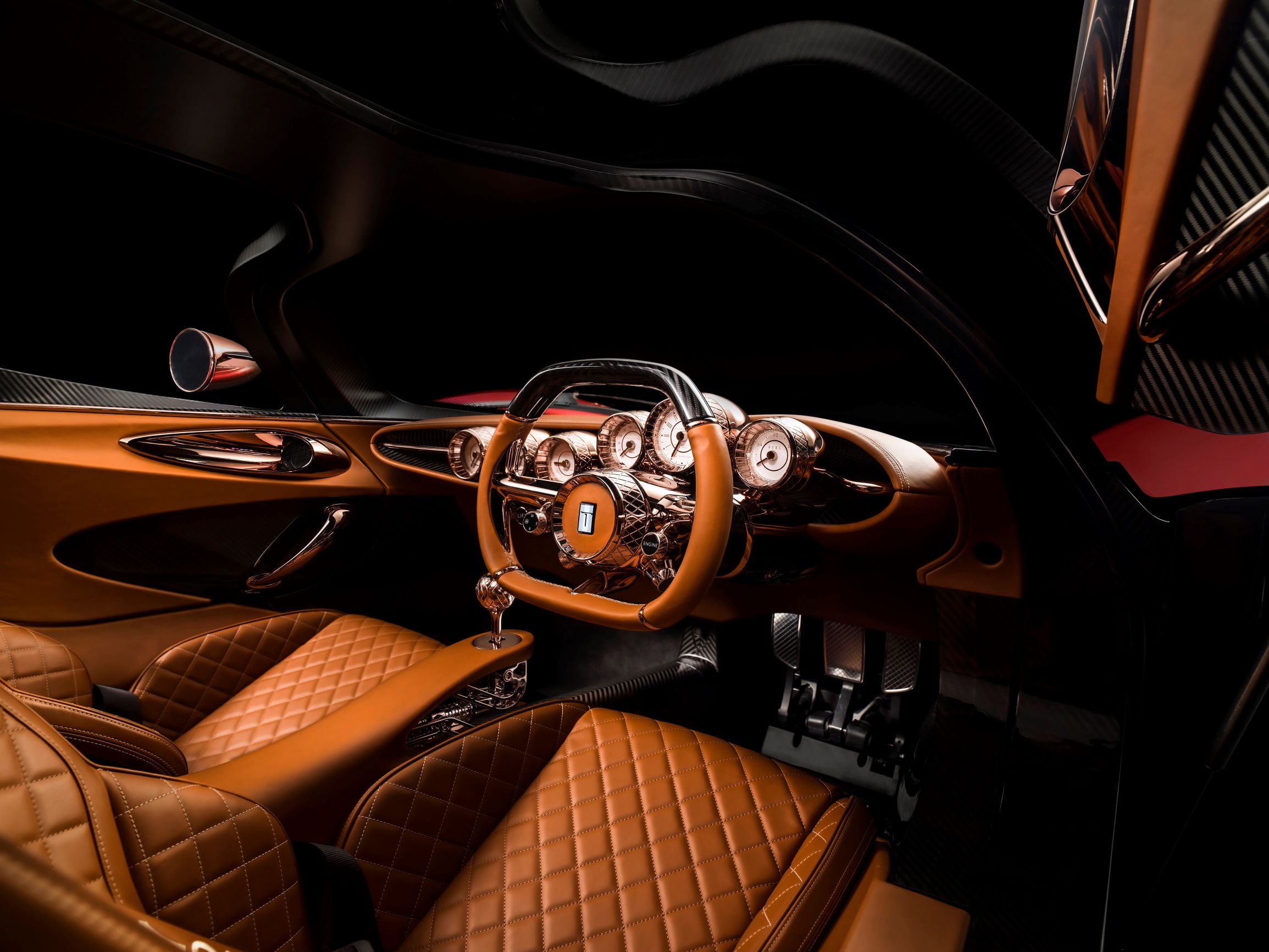
Beneath the beautiful body is a state-of-the-art, bespoke carbon fiber chassis lifted from the insane $2.7 Apollo Intensa Emozione.
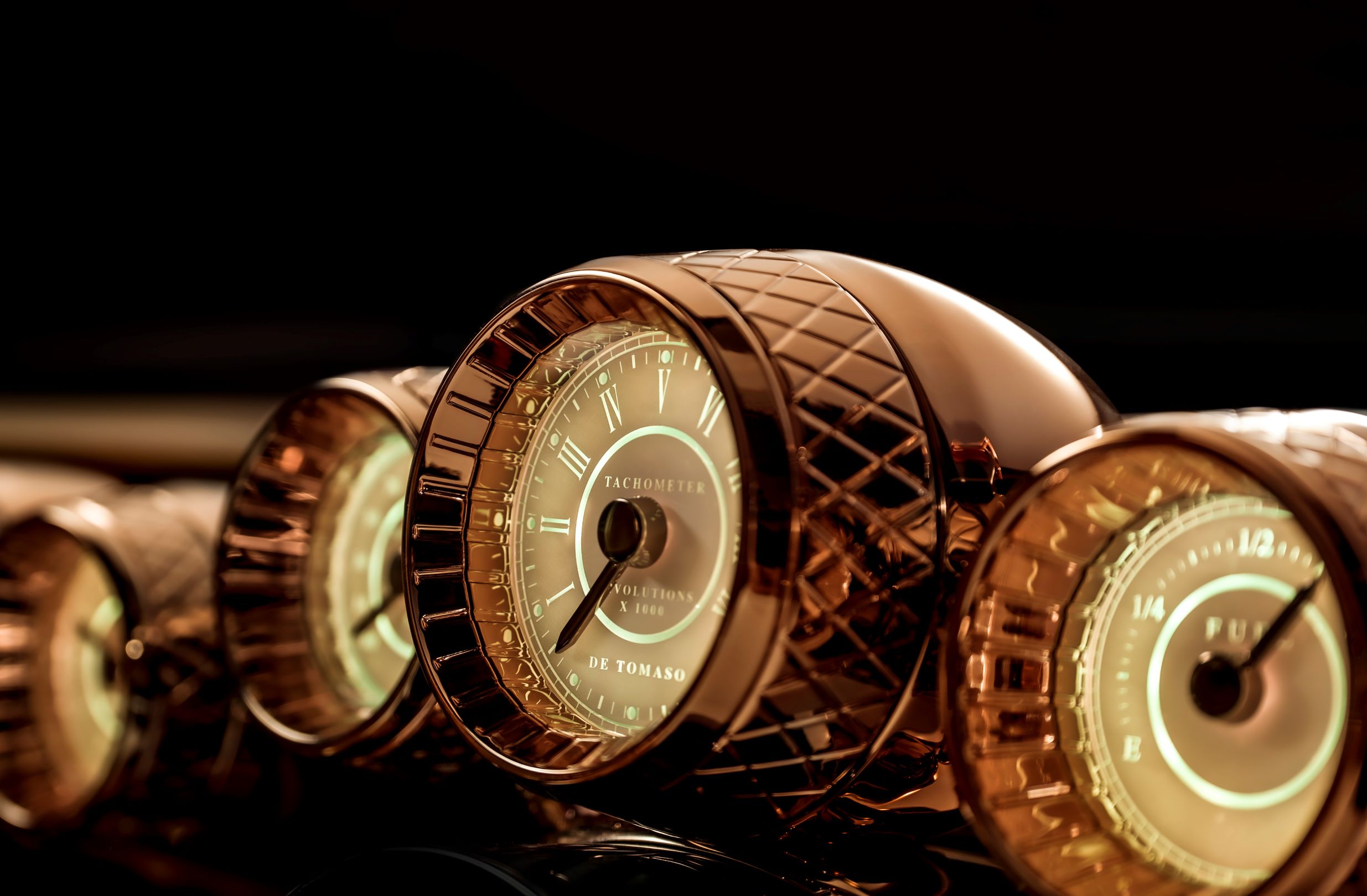
More retro style defines into an outlandishly luxurious interior, which boasts polished copper accents, diamond pattern leather stitching, classically designed stick and circular analogue display dials. As far as performance cabins go, the only other marque doing them like this is Pagani.
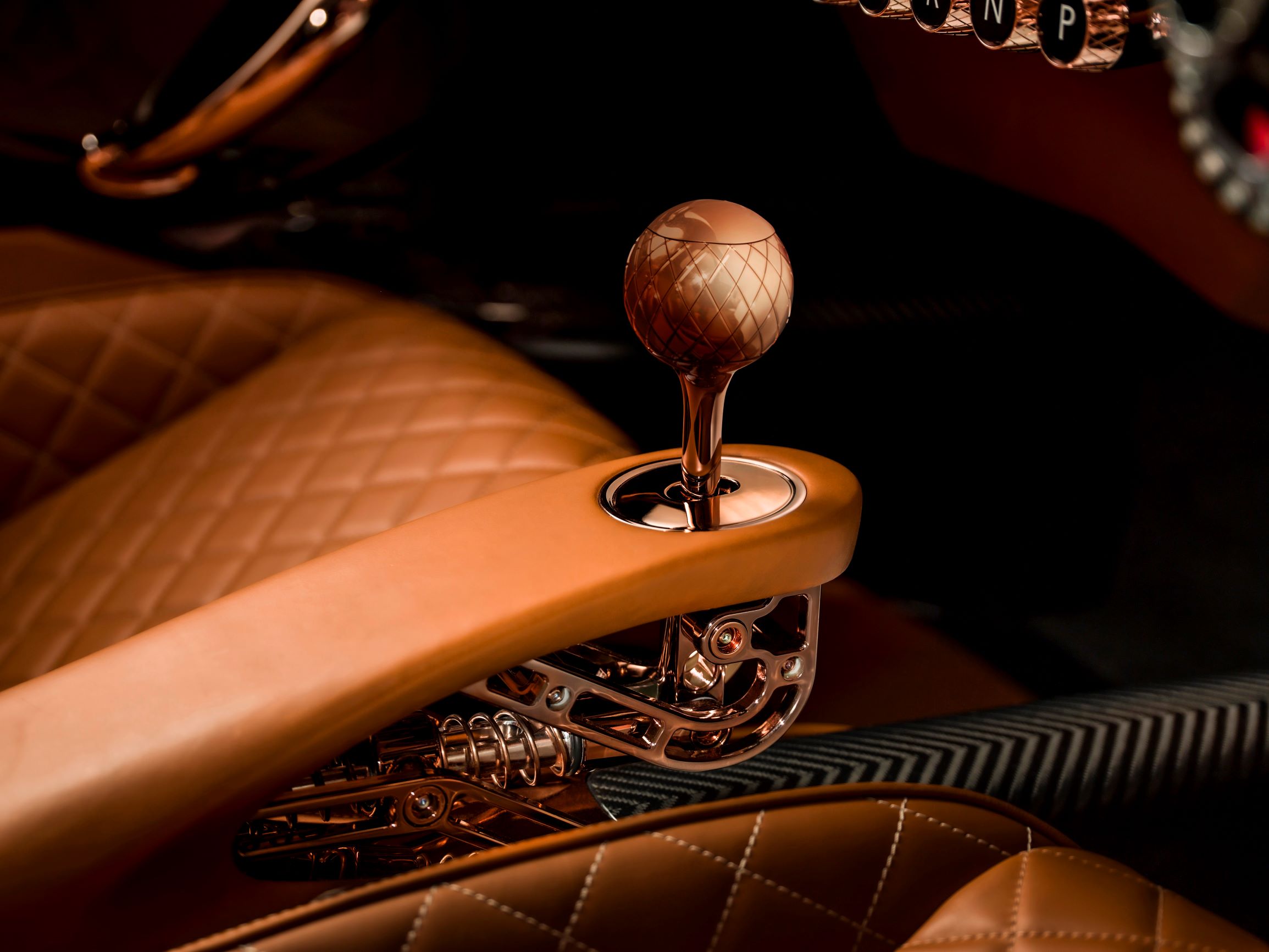
The power plant is a mystery at the moment, but R&T notes that Apollo has a naturally-aspirated V12 that’s compatible with the P72’s chassis and manual gearbox.
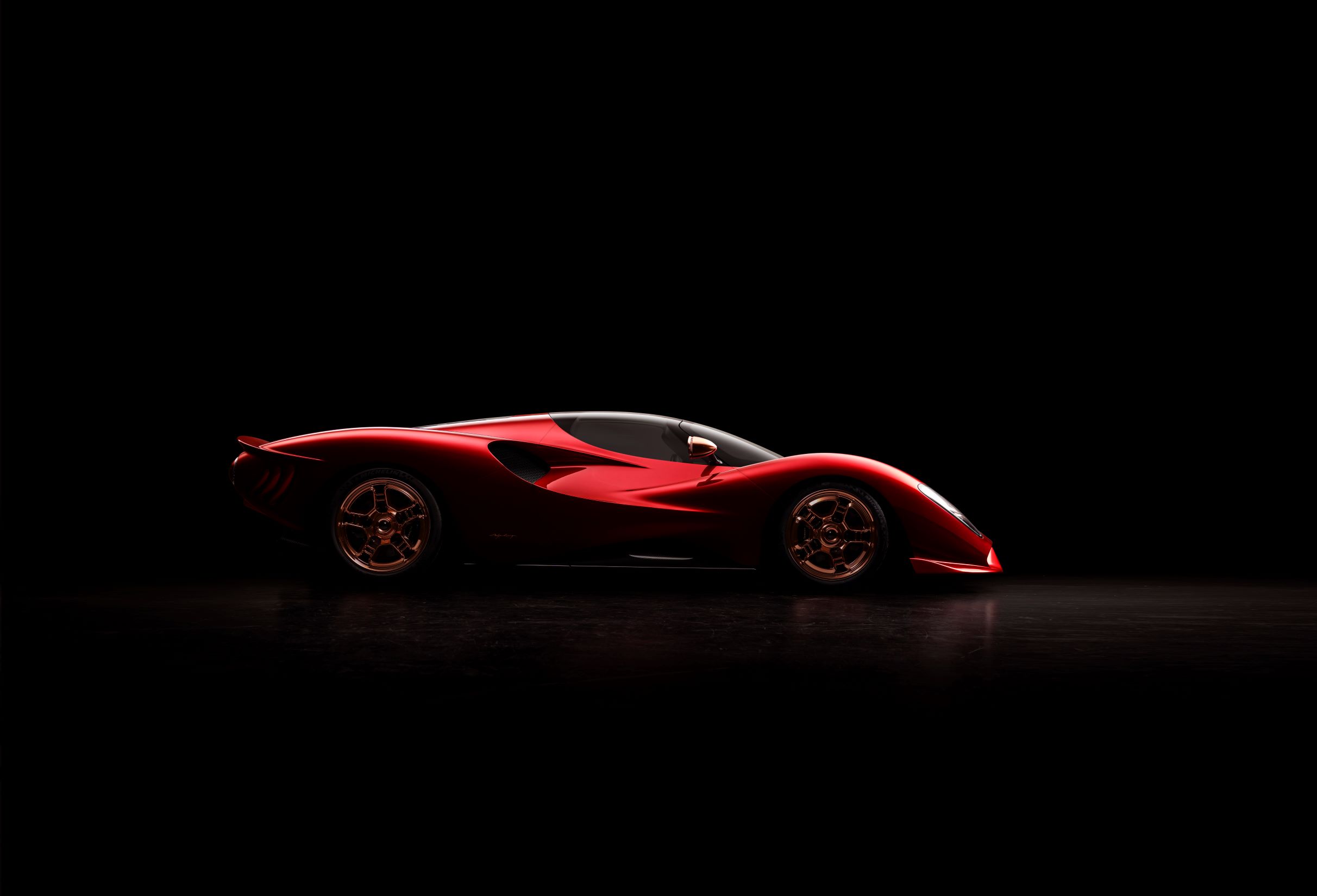
If you’ve got the $850,000 ask, contact De Tomaso online to get this breathtaking ride in your garage.
